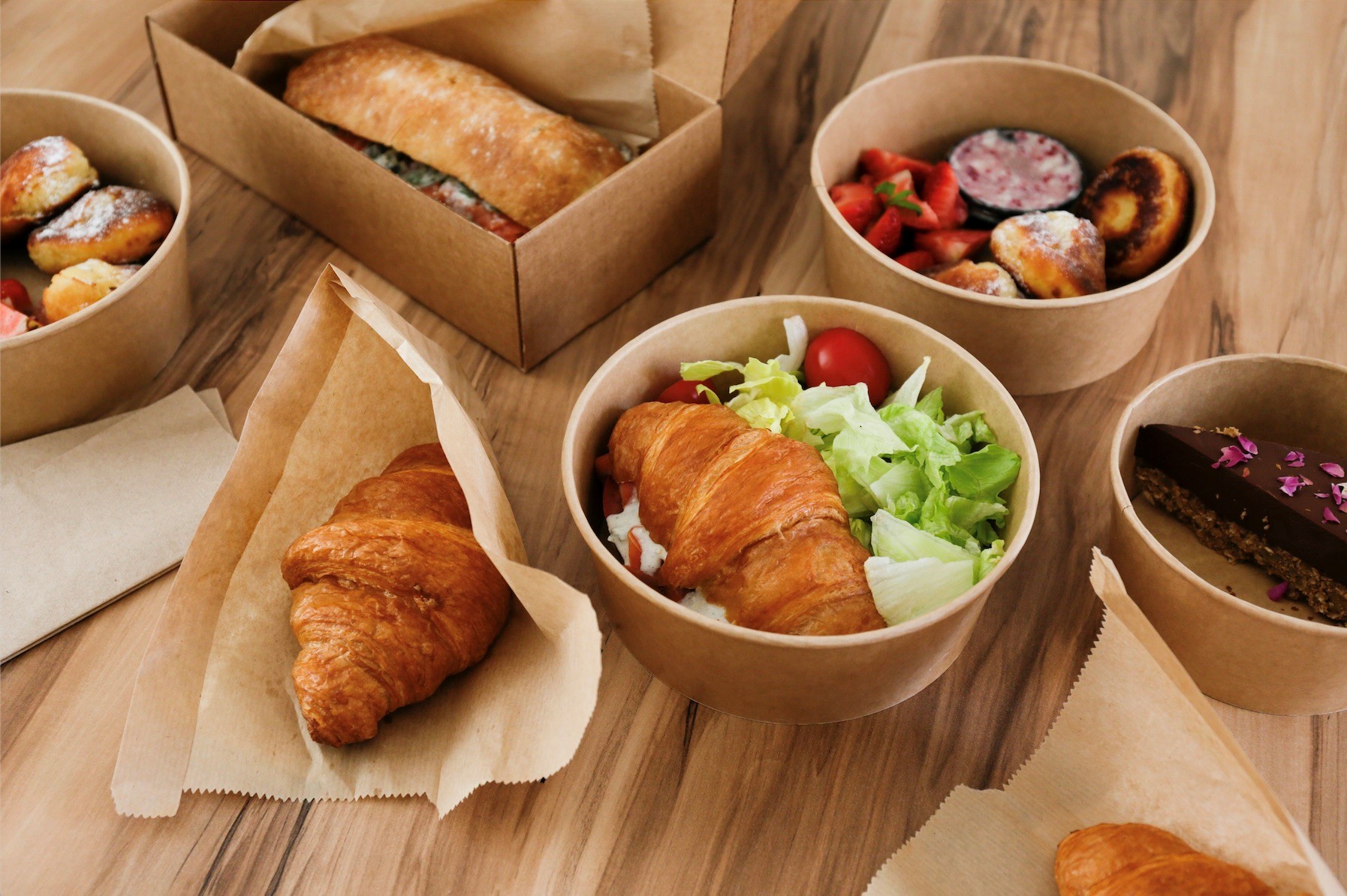By Ollie Lloyd, director at Catering24
Over the last five years, January, February, and March, typically, have been an optimum time for aspiring catering business owners to launch their venture.
And despite the effects of the ongoing pandemic, that’s unlikely to change – especially given the success of the takeaway market, which saw a significant upgrade in quality during 2020.
Data shows that Brits are 10% more likely to set up a new venture during the first three months of a new year than at any other time and given statistics also show that restaurant takeaway and food delivery is the UK’s fastest-growing market – worth approximately £8.5 billion pounds to the economy – it is little wonder why so many think about launching their own service.
Naturally, as exciting as going it alone sounds, many do not know where to start and it can come with its trials and anxieties to overcome in order to be successful.
One of those, of course, boils down to how to make a profit.
Your profits are in your portions
We go into the catering industry because we love to bake and cook and put smiles on peoples’ faces while we’re at it. Mathematics, usually, is not the fun part of the job, but there’s no doubt that it is a vital necessity, even more so as a business that is just starting to plant its roots in the midst of a pandemic.
Pandemic or not, though, there is one rule that will not change: your profits are in your portions.
It is all too easy for start-ups to be generous when it comes to getting food out to a customer in order to impress, adding on that little extra of serving to ensure you are remembered.
While it is important to make an impression, setting an early standard with your customer base is even more so and the best way to achieve that is through proper and precise portion control. Your customer knows what to expect. You know what you’re selling and how it is affecting your stock.
That’s the biggest piece of advice we would give to any start-up. Know how much you’re selling your product for, know the costs of each portion, and don’t deviate away from it.
Again, it all comes down to appreciating mathematics and balancing the numbers so that when it comes to doing the thing you love – the cooking or the baking – you’re doing it safely in the knowledge that you’re doing so with the pounds coming in rather than filtering out.
Know the cost of your packaging. Know the cost of your ingredients. You’ve got to be profitable from an early stage, but there is one other factor that should be considered alongside this in the current market.
Do not under-estimate the power of perception
It’s a fact, when it comes to packaging, a portion can look smaller or bigger depending on what it is put into, even if that packaging, technically, carries the same amount.
 A good example of this is the salad boxes you see in supermarkets.
A good example of this is the salad boxes you see in supermarkets.
You can go to a supermarket and the grab and go salad boxes you can buy typically come in two shapes – a rectangular style or packaging that is more opened out and wider.
There is actually less in the latter compared to the former, though! But they sell for the same price as the rectangular version and sell far better. Why? Because there is a wider surface area. You see more of the salad from the bottom, giving off the perception that there is more in it when that is not the case at all.
Aesthetics should not be discounted either
The next part to think about is added value.
Take a cup of coffee for example. You could sell the best coffee beans and you could be the best barista in the world, but if you sell your cup of coffee in a white polystyrene cup, you’re instantly limited as to what you can charge for that coffee.
Why? Because people’s perception of that packaging is that it’s cheap and environmentally unfriendly. At best, you can charge a maximum of £1.50 for a cup of coffee in a basic polystyrene cup to retain your customer satisfaction.
However, if you pour that same coffee into a double-walled paper cup that is 100% recyclable and is branded, that comes with an air of quality about it and you’re able to sell that cup of coffee for more.
The difference between both of those packages is pence, but what it does for perception value could not be further apart.
It’s all perception of value and the most successful businesses limit their portion control, but use packaging effectively to add value.

